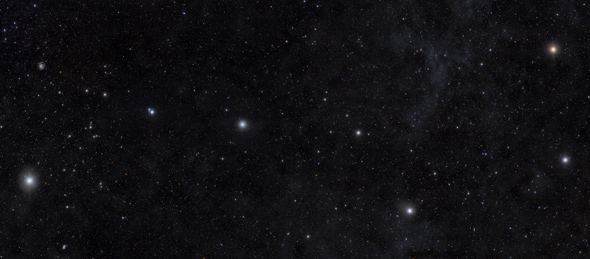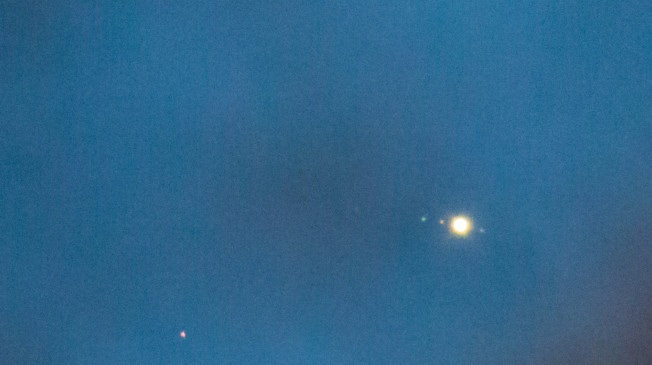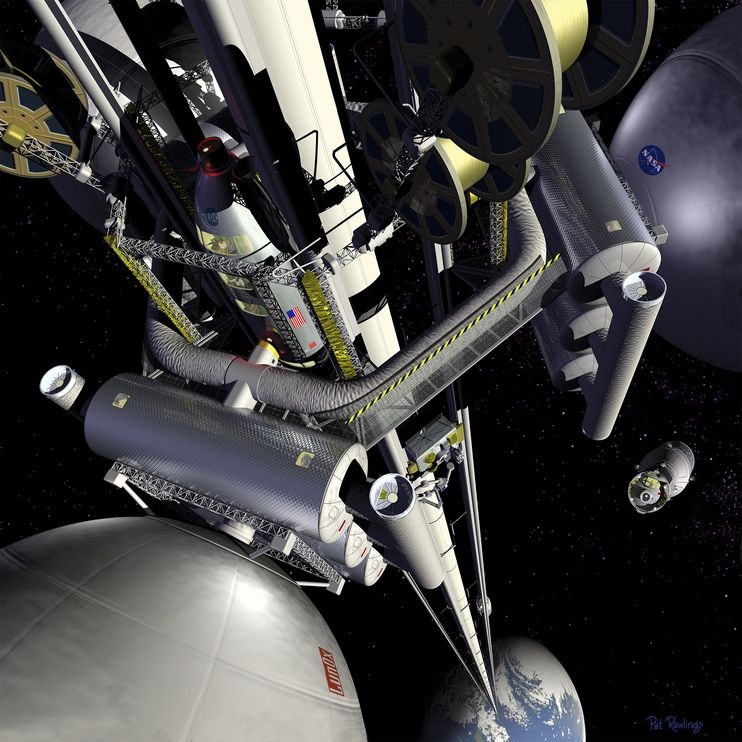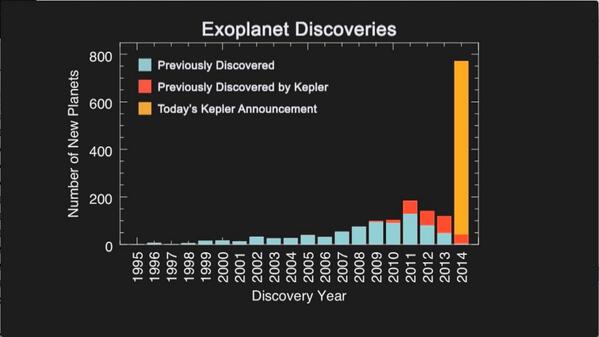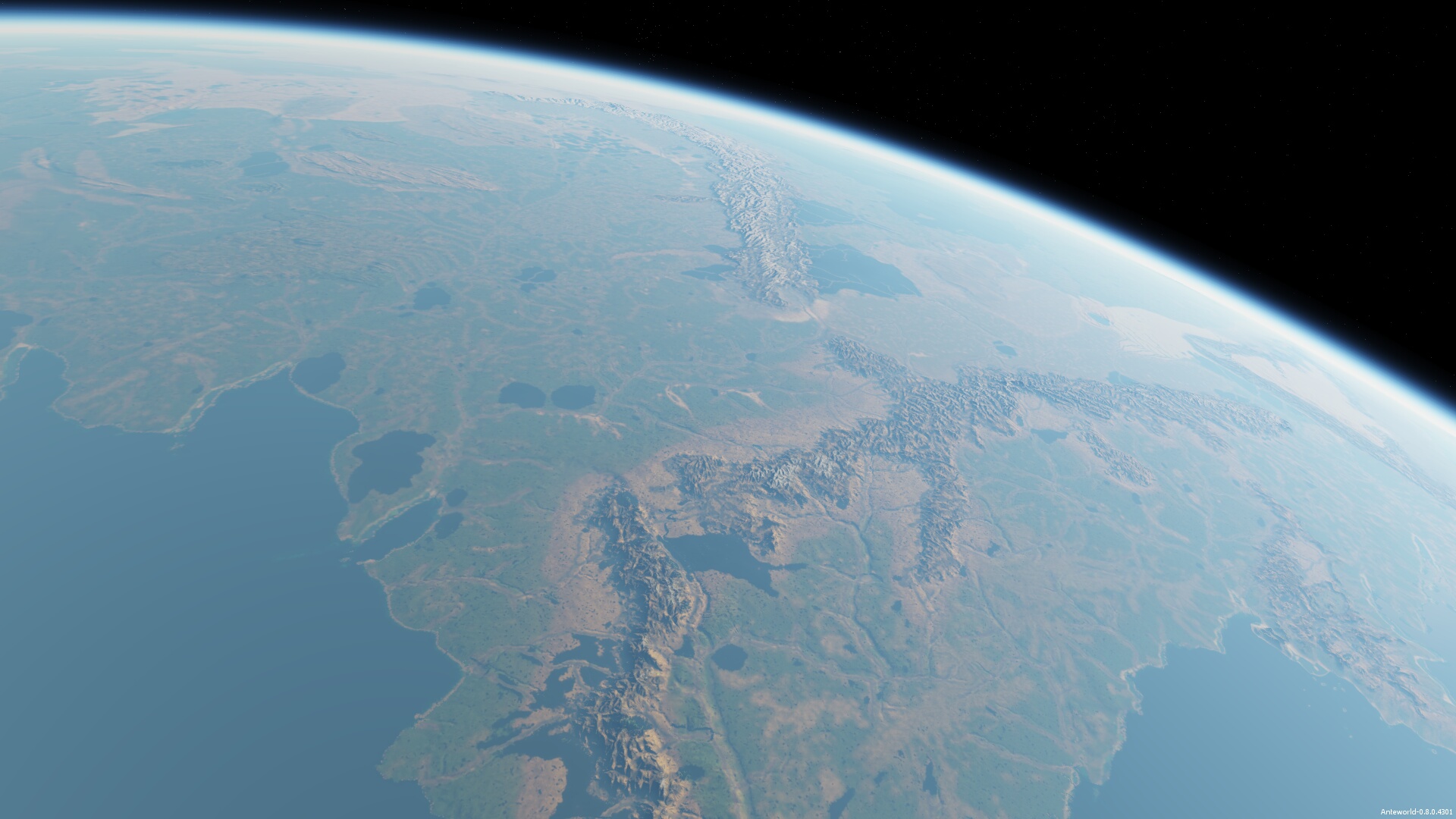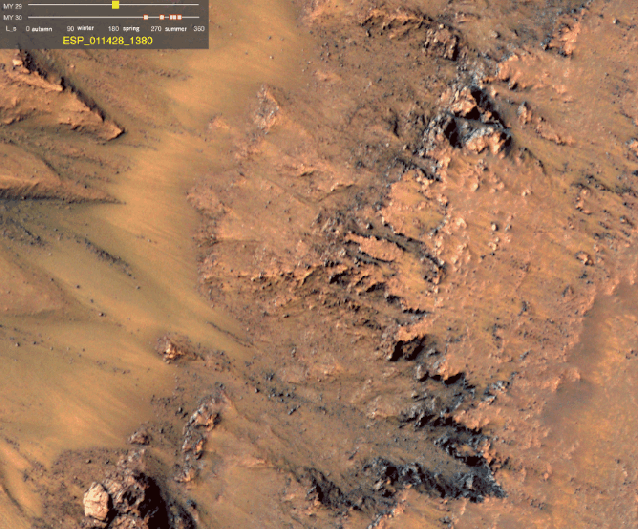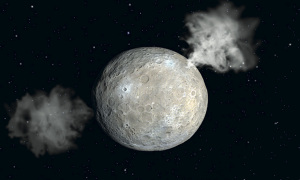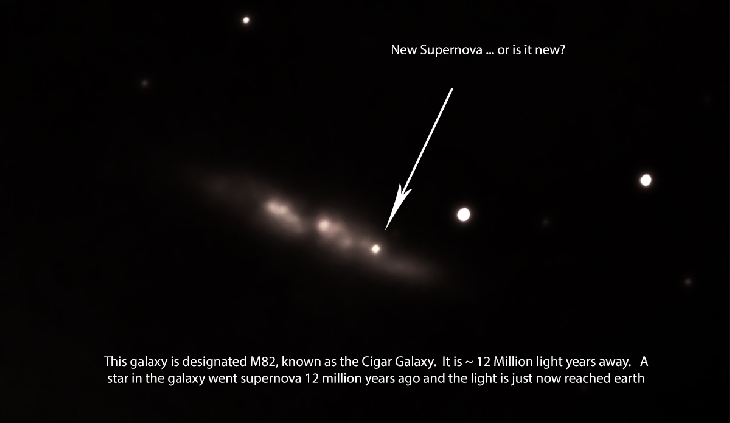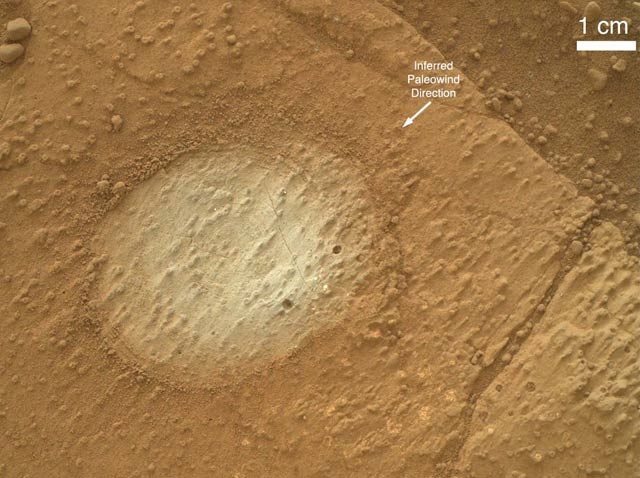 “‘We’re going to study matter at temperatures far colder than are found naturally,’ says Rob Thompson of JPL…’We aim to push effective temperatures down to 100 pico-Kelvin.’ 100 pico-Kelvin is just one ten billionth of a degree above absolute zero, where all the thermal activity of atoms theoretically stops. At such low temperatures, ordinary concepts of solid, liquid and gas are no longer relevant. Atoms interacting just above the threshold of zero energy create new forms of matter that are essentially…quantum.”
“‘We’re going to study matter at temperatures far colder than are found naturally,’ says Rob Thompson of JPL…’We aim to push effective temperatures down to 100 pico-Kelvin.’ 100 pico-Kelvin is just one ten billionth of a degree above absolute zero, where all the thermal activity of atoms theoretically stops. At such low temperatures, ordinary concepts of solid, liquid and gas are no longer relevant. Atoms interacting just above the threshold of zero energy create new forms of matter that are essentially…quantum.”
In the nearest reaches of space (a.k.a. the ISS), NASA scientists plan to create the coldest spot in the universe, in order to toy with the fabric of reality. “No one knows where this fundamental research will lead. Even the ‘practical’ applications listed by Thompson — quantum sensors, matter wave interferometers, and atomic lasers, just to name a few — sound like science fiction. ‘We’re entering the unknown,’ he says.’
